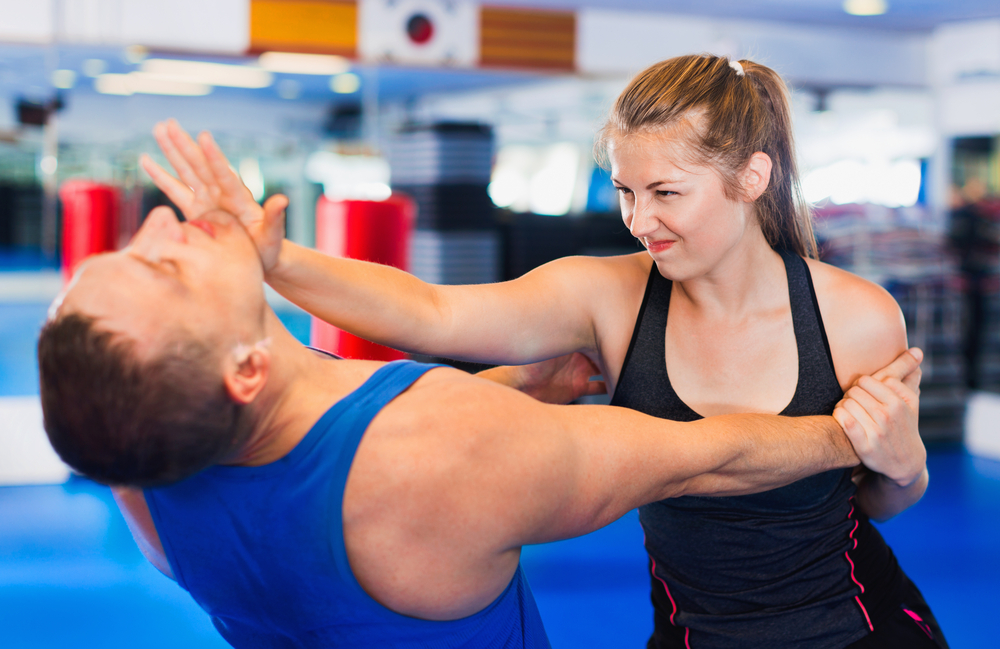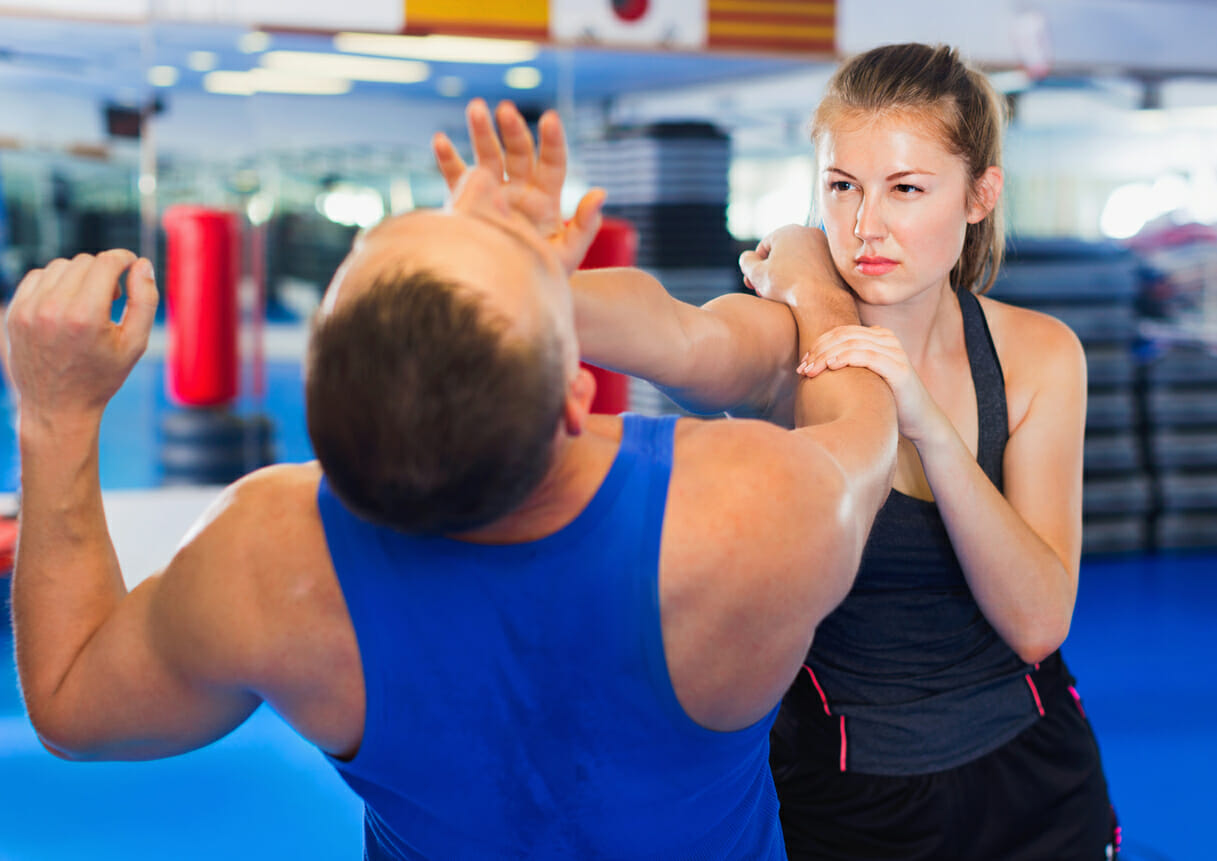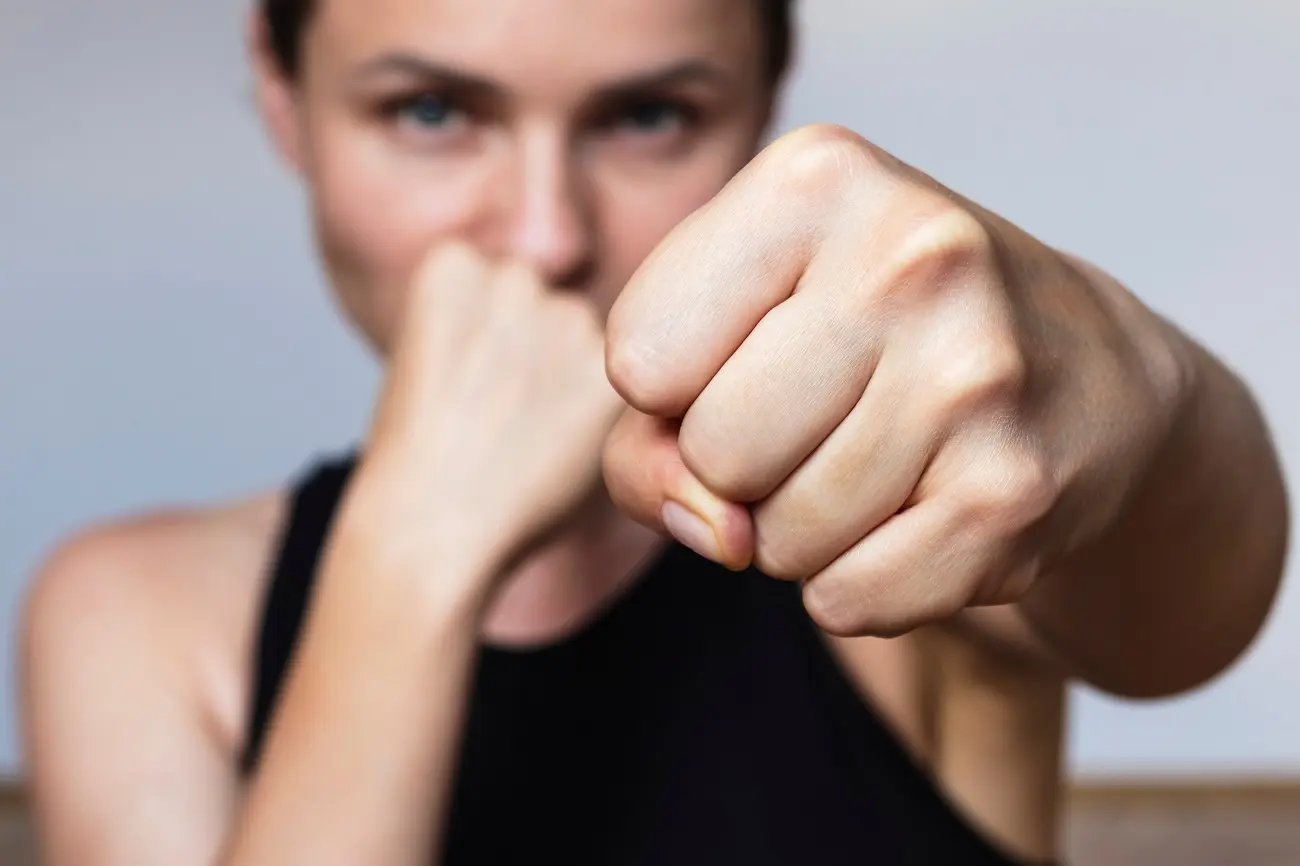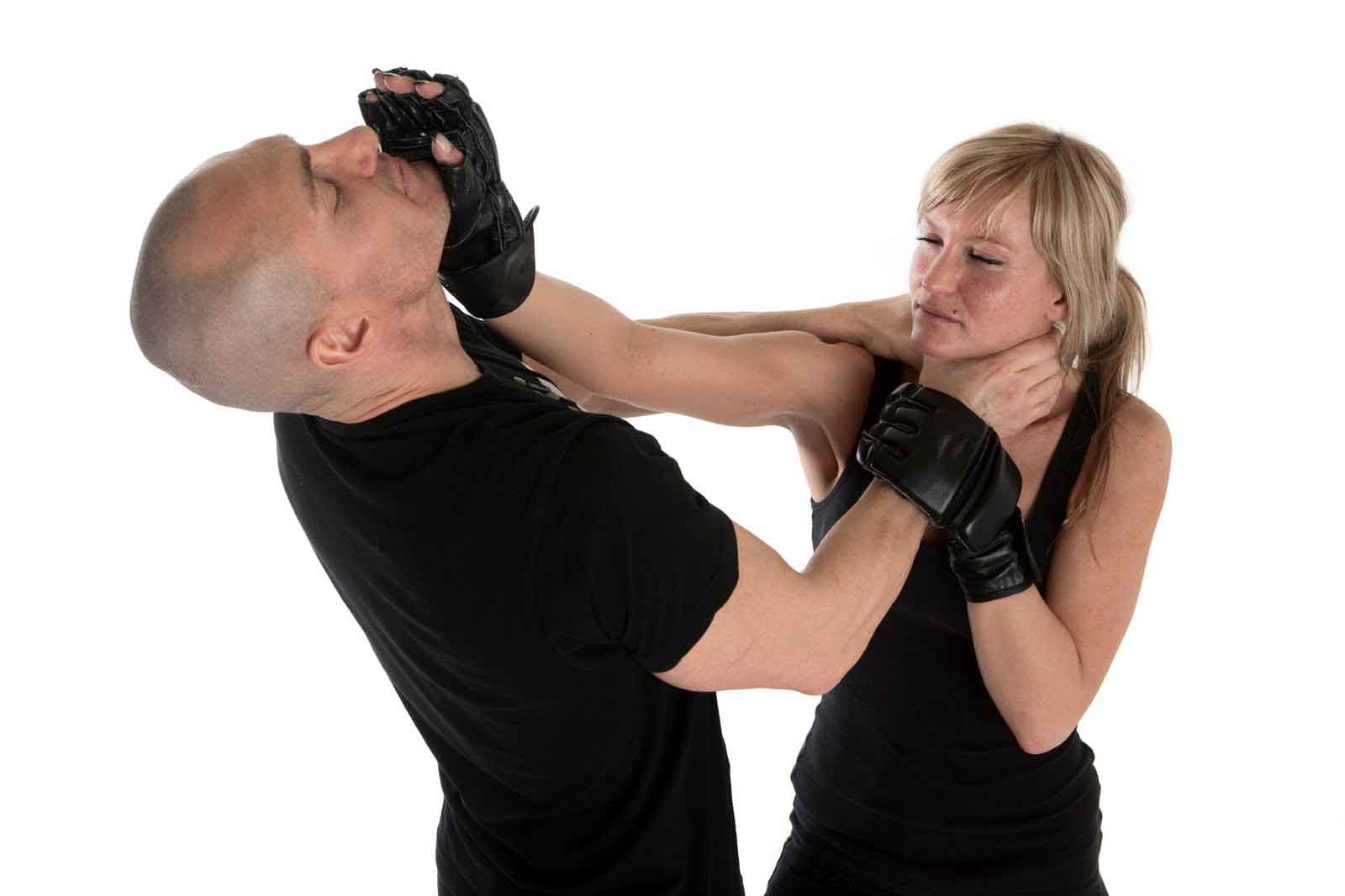I. Introduction
Self-defense training has become increasingly important in today’s society. With the rising rates of crime and violence, knowing how to protect oneself and loved ones is crucial. However, with numerous martial art styles available, it can be challenging to determine which one is the best for self-defense. In this blog post, we will explore the factors to consider when selecting a martial art for self-defense.
II. Factors to Consider in Selecting a Martial Art
A. Practicality and Effectiveness
One of the most critical factors to consider when choosing a martial art for self-defense is its practicality and effectiveness. In real-life scenarios, self-defense techniques should be applicable and capable of neutralizing threats efficiently. Some martial arts focus on flashy moves and acrobatics, which may not be practical in dangerous situations. Instead, it is essential to opt for styles that emphasize practical techniques that can be executed quickly and effectively.
Another aspect of practicality is the use of techniques based on leverage and body mechanics. Many self-defense situations involve situations where an individual is physically smaller or weaker than their attacker. Therefore, martial arts that rely on leverage and body mechanics, such as Brazilian Jiu-Jitsu or Judo, can be highly effective. These arts teach practitioners to utilize their body weight and positioning to control and subdue opponents, regardless of their size or strength.
B. Adaptability and Scalability
The ability to adapt techniques for different situations is another crucial consideration when selecting a martial art for self-defense. Real-life scenarios can vary significantly, and being able to adjust martial art techniques accordingly is vital. Some martial arts, such as Krav Maga, prioritize adaptability by teaching a combination of techniques from various styles, including striking, grappling, and weapon defense. This versatility allows practitioners to respond effectively to a wide range of threats.
Additionally, self-defense training is not a one-time endeavor but a lifelong journey. It is important to choose a martial art that promotes continuous learning and skill development. For example, arts like Muay Thai or Boxing have extensive training programs that include regular sparring sessions and refinement of techniques. Such constant practice enables practitioners to sharpen their skills and maintain their proficiency in self-defense.
C. Personal Preference and Individual Attributes
While practicality and adaptability are crucial, personal preference and individual attributes should also be considered when choosing a martial art for self-defense. Different martial art styles appeal to different individuals, and it is important to find a style that aligns with one’s interests and objectives. Some individuals may prefer striking-based arts like Karate or Taekwondo, while others may lean towards the more grappling-focused Brazilian Jiu-Jitsu or wrestling. The enjoyment and engagement in training play a significant role in long-term commitment and progress.
Moreover, personal attributes such as physical capabilities and strengths should be taken into account. For instance, individuals with exceptional flexibility and agility may excel in arts like Capoeira or Kung Fu, which emphasize fluid movements and acrobatics. On the other hand, individuals with a strong lower body and explosive power may find success in arts like kickboxing or judo, where powerful strikes or throws are essential.
III. Martial Arts Options for Self-Defense
A. Brazilian Jiu-Jitsu (BJJ)
Brazilian Jiu-Jitsu, often referred to as BJJ, is a martial art that focuses on ground-based grappling techniques and submissions. Its main principle is to use leverage and technique to overcome an opponent’s size and strength advantages. BJJ practitioners learn how to control an opponent on the ground and apply various joint locks and chokes to force a submission. This martial art is especially effective in real-life self-defense situations where the fight goes to the ground.
B. Muay Thai
Muay Thai, also known as the “Art of Eight Limbs,” is a striking-based martial art from Thailand. It emphasizes the use of fists, elbows, knees, and shins to strike opponents. Muay Thai techniques include punches, kicks, knee strikes, and clinching to control and dominate opponents. Training in Muay Thai not only develops powerful striking techniques but also focuses on conditioning and developing overall physical fitness. It is an effective martial art for self-defense due to its efficient striking techniques and the ability to deliver powerful blows to vulnerable areas of an attacker’s body.
C. Krav Maga
Krav Maga is a practical self-defense system originally developed for the Israeli military. It combines techniques from various martial arts, including striking, grappling, and weapon defense, to provide practical and effective self-defense skills for real-life scenarios. Krav Maga emphasizes efficiency and uses techniques that target an attacker’s vulnerable areas, such as the eyes, groin, and throat. It also incorporates situational awareness and teaches students to identify and respond to threats quickly. Krav Maga’s straightforward and instinctive techniques make it a popular choice for self-defense.
D. Jeet Kune Do

Jeet Kune Do, founded by the legendary martial artist Bruce Lee, is a philosophy rather than a specific martial art style. It emphasizes practical and adaptable self-defense techniques by incorporating elements from various martial arts. Jeet Kune Do encourages individuals to develop their personal style based on their strengths, preferences, and individual attributes. It focuses on simplicity, directness, and efficiency in combat. By combining techniques from different martial arts, Jeet Kune Do practitioners are trained to be versatile and adapt to different situations.
E. Taekwondo
Taekwondo is a Korean martial art known for its dynamic and high-flying kicking techniques. It also involves punches, strikes, and blocks. Taekwondo training emphasizes speed, agility, and flexibility. Practitioners learn how to generate power through proper body mechanics and develop precision and control in their strikes. Taekwondo can be an effective martial art for self-defense due to its versatility in striking techniques and the ability to keep distance from attackers.
In conclusion, when choosing the best martial art for self-defense, individuals should consider practicality and effectiveness, adaptability and scalability, as well as personal preferences and attributes. Brazilian Jiu-Jitsu provides skills for ground-based combat, Muay Thai develops powerful striking techniques, Krav Maga offers practical self-defense techniques for real-life situations, Jeet Kune Do encourages personalization and adaptability, and Taekwondo focuses on high kicks and precision strikes. Ultimately, the best martial art for self-defense will vary depending on an individual’s goals, physical abilities, and personal preferences.






